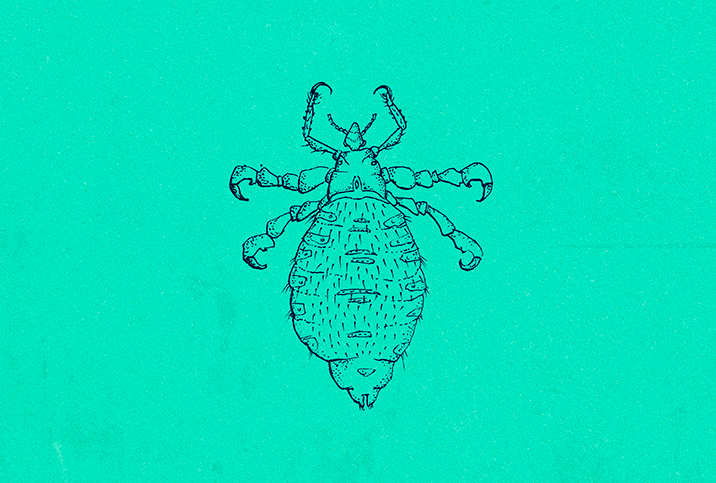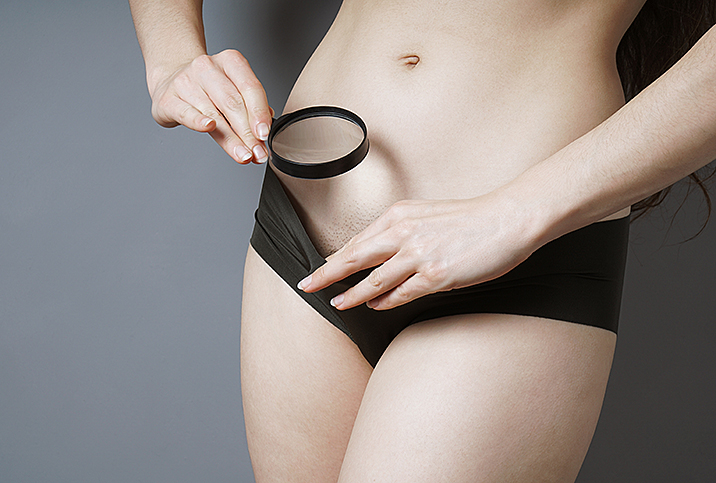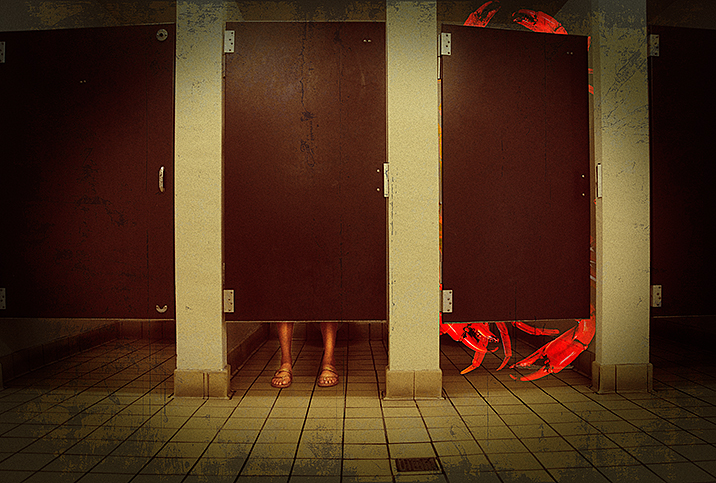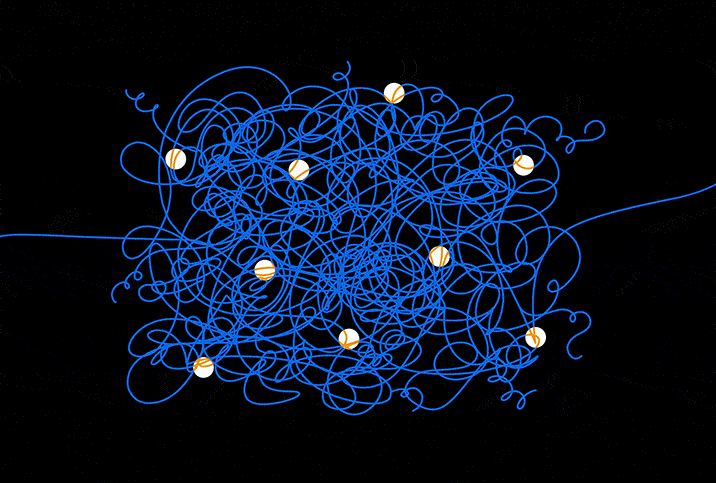How to Lose Your Pubic Lice for Good

Pubic lice—commonly known as crabs—are small, parasitic insects typically found in pubic hair. They usually cause irritation, itching and a rash, but they're not dangerous and are relatively easy to eradicate.
They are passed through skin-to-skin contact as well as sex and occasionally can be transmitted from clothing, bedding or towels that were used by someone with crabs. That's rare, though, according to Sarah Diemert, N.P., a women's health nurse practitioner in Denver.
While people most often get pubic lice through sexual contact, pubic lice are not an infection or a disease.
Think you might have pubic lice? Wondering how to diagnose and treat them—and prevent them in the future? Want to know how they impact your sexual health? We have you covered.
How are pubic lice diagnosed?
Pubic lice are diagnosed through a physical exam. No urine or blood sample is necessary. A physical inspection of the affected area by a doctor is sufficient for a pubic lice diagnosis.
A doctor looks for eggs, nymphs or adult lice and then makes a diagnosis based on whether or not they actually see any of the parasites, Diemert said.
When to seek help and who to see
If you are experiencing itching, discomfort or a rash and think you might have crabs, or if you know you've had skin-to-skin contact with someone who has the condition, it's best to see a medical provider.
"You can get examined for pubic lice and tested for other STIs at your doctor's office, a community health clinic, the health department or your local Planned Parenthood health center," Diemert said. "The sooner you schedule an appointment for testing and treatment, the sooner you'll feel better. Getting an exam and testing for STIs is the only way to know for sure what's going on."
How to treat pubic lice
Crabs are easy to treat with several different methods. One of those is not antibiotics, as is the case with sexually transmitted infections (STIs).
You can use over-the-counter or prescription medications that come in gels, foams, liquids and shampoos. These contain pyrethrins and piperonyl butoxide. Common over-the-counter products are Nix, Rid and A-200, according to Planned Parenthood.
Shaving does not work to treat crabs. A product specifically designed to kill the lice is necessary.
Stronger products are available with a prescription. In the rare cases that pubic lice are present in eyelashes or eyebrows, a prescription is needed for special treatment.
Be sure to wash and dry all of your bedding, towels and clothes after a case of crabs. Use freshly washed sheets, clothing and towels after treatment, too.
What happens if you don't deal with pubic lice?
Letting pubic lice go untreated can be uncomfortable. While crabs are not an infection and do not spread disease, the irritation and itching they cause can lead to a skin infection, especially if you cause breaks in your skin by scratching it.
Also, you risk spreading pubic lice to other people, whether through skin-to-skin contact, sex or the far less common instances of contamination through bedding and clothing.
"The good news is that pubic lice are not dangerous and typically very easy to get rid of when treated," Diemert said.
The main complications that arise from pubic lice are skin infections from itching and transmission. Otherwise, they don't pose any serious health concerns or related conditions.
How do pubic lice impact sexual health?
Pubic lice can impact your sexual health in several ways.
If you have crabs, avoid having sex or skin-to-skin contact with other people until the condition has been treated.
"If you think you or a sexual partner may have pubic lice, practice open communication and avoid sexual contact until you've been tested and have received treatment as needed," Diemert said.
It can take up to three weeks to develop symptoms related to pubic lice, so if you've had any sexual partners or close contact with others in the past few weeks, communicate with them so they can seek treatment.
The mental and emotional effects of crabs may impact your sexual health, too.
"Like most STIs, pubic lice are steeped in shame and stigma," Diemert said. "While getting an STI can happen to anyone who has sex and most are easy to treat, stigma prevents many people from being open and honest about them. This contributes to their spread and can have a devastating impact on mental health for anyone with STIs."
Remember that a case of pubic lice is not a sign of being "dirty."
How can you prevent pubic lice?
"One of the best ways to prevent STIs is by using a barrier method like condoms or dental dams every single time you have oral, anal or vaginal sex," Diemert said. "Barriers cover parts of your genitals, protecting you and your partner[s] from body fluids and some skin-to-skin contact, both of which can spread STIs."
Another important way to prevent pubic lice is by avoiding sexual contact with someone who currently has a case. If a partner recently underwent treatment for the condition, be sure their treatment is complete before you make skin-to-skin contact.
If you think you have pubic lice, don't panic. They're easy to treat, often with over-the-counter products. Be sure to communicate with your sexual partners so they can seek treatment, too. Last, remember there's no need to be ashamed of a pubic lice diagnosis. Anyone can get them, as evidenced by more than 3 million cases every year.


















